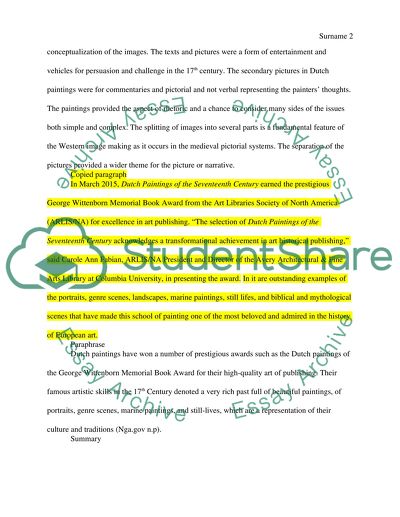Cite this document
(“Dutch Style of Painting in the 17th Century Assignment”, n.d.)
Retrieved from https://studentshare.org/visual-arts-film-studies/1698535-dutch-style-of-painting-in-the-17th-century
Retrieved from https://studentshare.org/visual-arts-film-studies/1698535-dutch-style-of-painting-in-the-17th-century
(Dutch Style of Painting in the 17th Century Assignment)
https://studentshare.org/visual-arts-film-studies/1698535-dutch-style-of-painting-in-the-17th-century.
https://studentshare.org/visual-arts-film-studies/1698535-dutch-style-of-painting-in-the-17th-century.
“Dutch Style of Painting in the 17th Century Assignment”, n.d. https://studentshare.org/visual-arts-film-studies/1698535-dutch-style-of-painting-in-the-17th-century.


